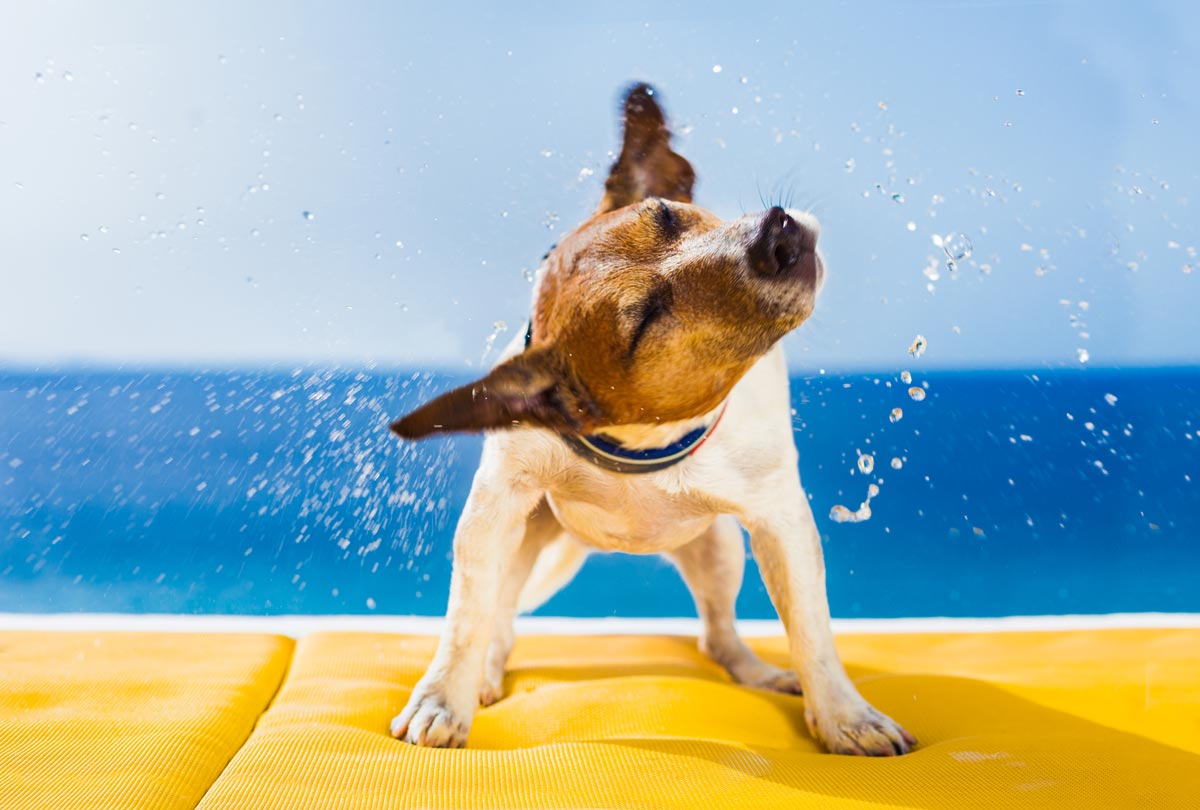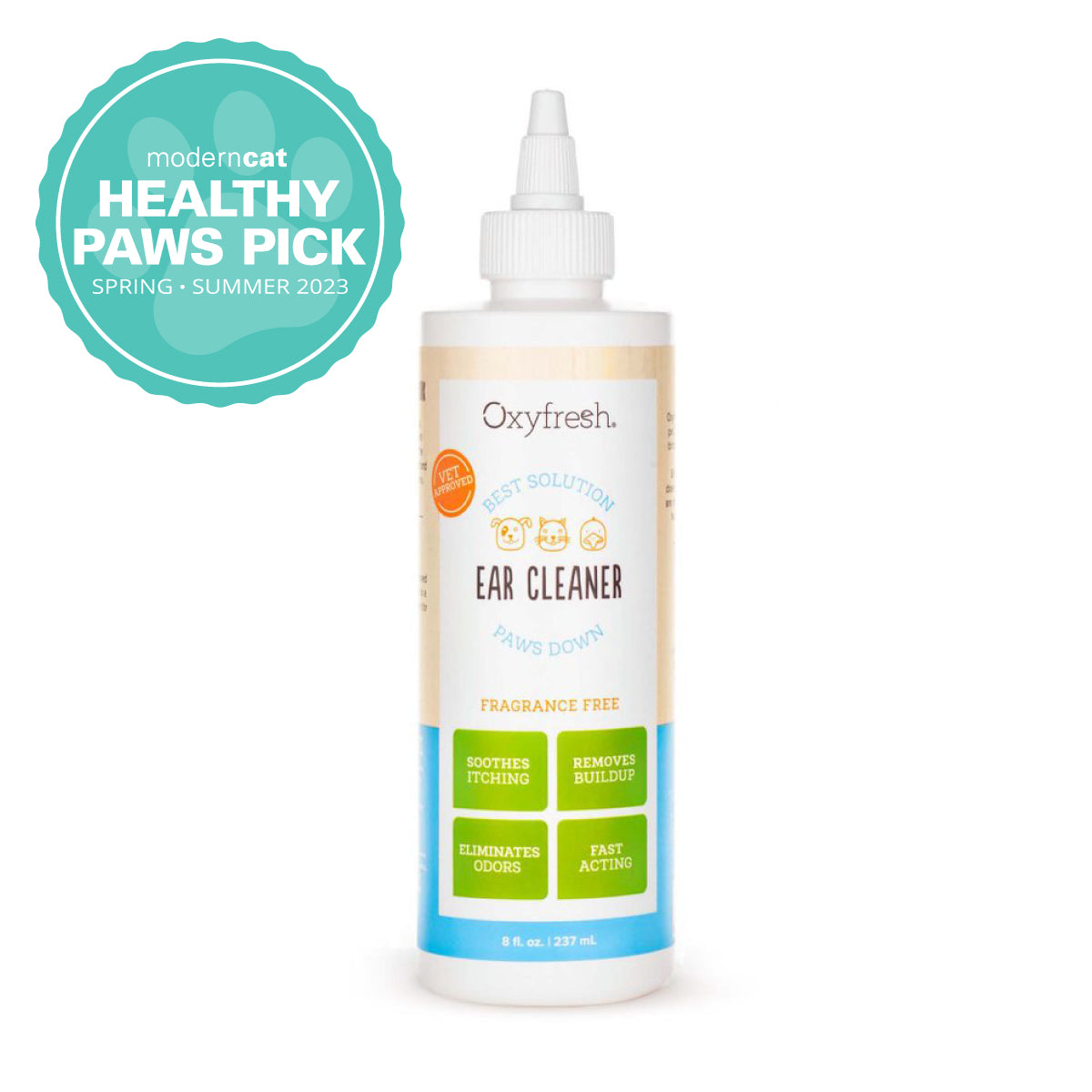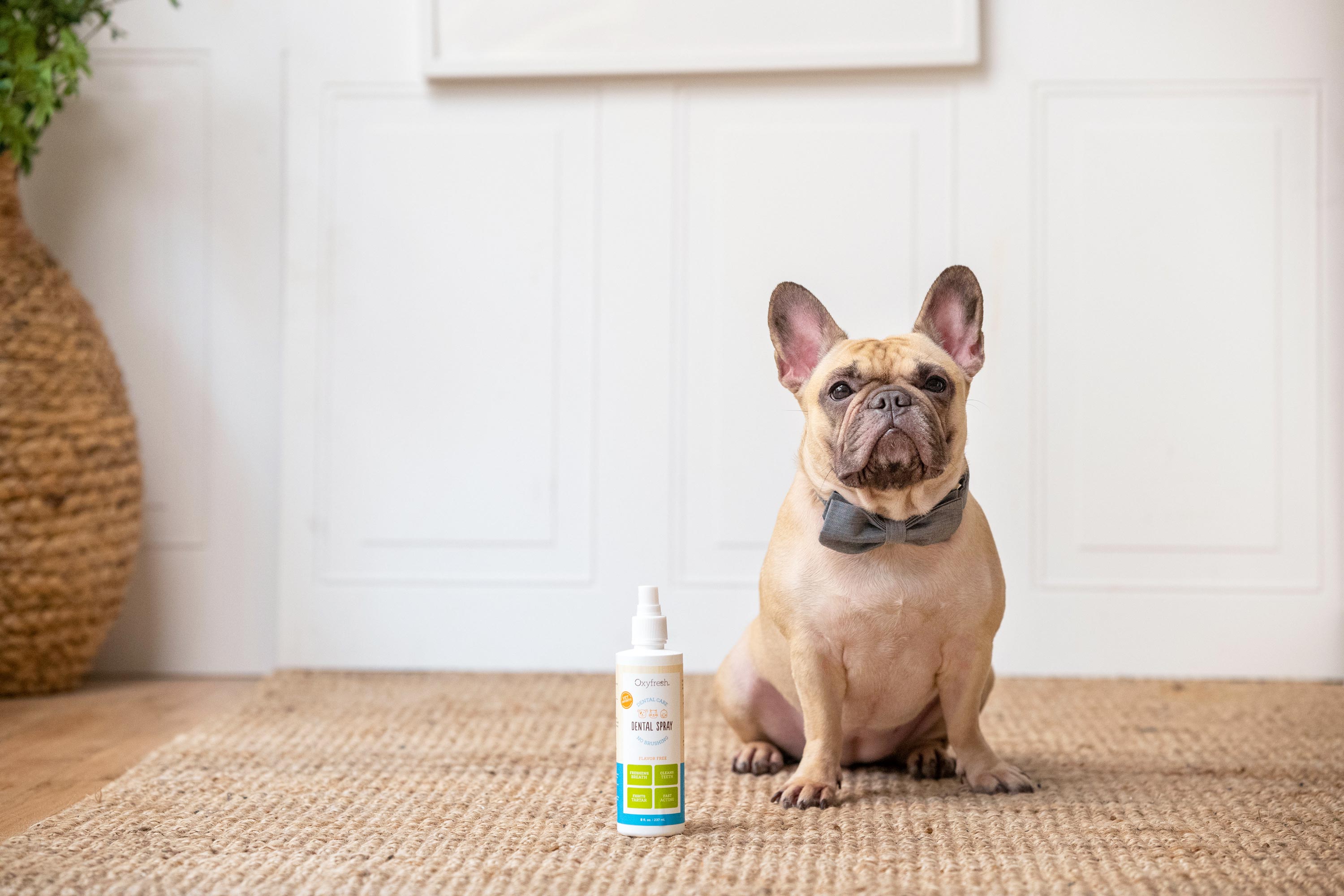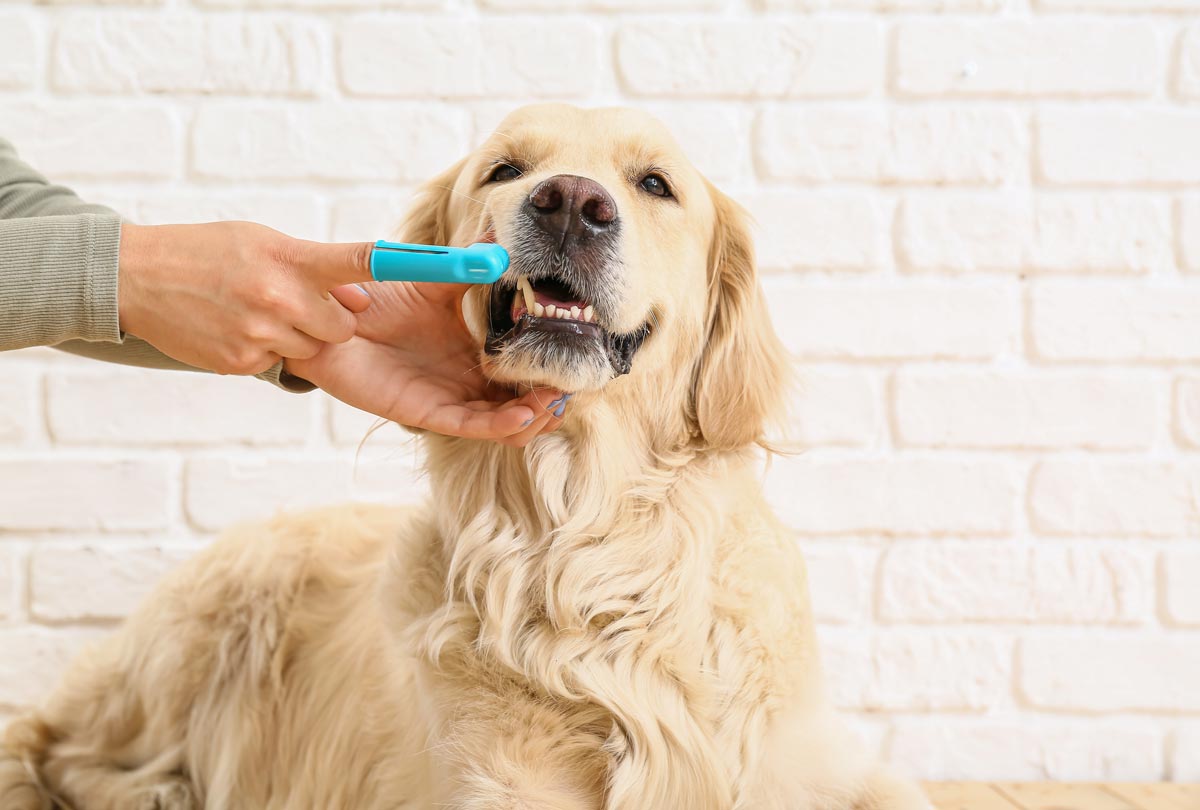If you have a dog who’s obsessed with the sprinkler and loves lake days as much as you do, only one thing can dampen the fun: painful ear problems! This may lead you to wonder: "Can dogs get swimmer’s ear too?"
The answer is yes, although your veterinarian probably won’t call it "dog swimmer’s ear," but rather "otitis externa," which is an infection of the outer ear canal. Find out the signs of swimmer’s ear in dogs and what you can do to protect your water-lovin’ pup.
Why Do Dogs Get Swimmer's Ear?
Just like with people, when dogs bathe or go for a swim, water can get trapped in their ears. Dogs have a tougher time getting water out of their ears because of their L-shaped ear canals. This shape traps moisture inside the ear, leading to increased bacteria and yeast production, which can then cause dog swimmer’s ear, aka a dog ear infection. Dog ear infections are common, affecting up to 20% of dogs, and they rank #3 on the list of the top five dog medical conditions, according to Embrace Pet Insurance.
What dogs are at risk for swimmer's ear?
Dogs whose love of swimming is in their DNA (think Labrador Retrievers) are more prone to getting swimmer’s ear simply because they’re exposed to water more often. It doesn’t matter if the water in dog’s ear is from a lake, river, ocean, sprinkler or mud puddle. Any kind of water in a dog’s ear can lead to an ear infection.
Additionally, floppy-eared breeds like Beagles, Basset Hounds, Irish Setters, Cocker Spaniels, and Poodles are at higher risk for swimmer’s ear. Floppy ears tend to fold over the ear canal and trap the moisture inside versus letting them air out. The trapped-moisture problem is compounded in dogs with very hairy ears.
Lastly, if your dog has allergies, they are at higher risk for recurrent ear infections, as part of the allergic response is to overproduce yeast and bacteria in the ear.
7 Signs of Dog Swimmer's Ear
The signs of dog swimmer’s ear are easy to spot. They include:
- Foul ear odor
- Heavy wax buildup
- Vigorous head shaking
- Scaly skin inside the ear
- Redness or swelling of the ears
- Excessive scratching or pawing at the ears
- Dog shows pain or aversion to having their ears touched
If your pooch is showing any of these signs of dog swimmer’s ear, which typically appear 2–3 days after getting water in their ears, it’s important to make an appointment with the vet right away. Most ear infections do not clear up on their own, and left untreated, they can cause infection that spreads to the middle or inner ear (harder to treat and more expensive to treat), ruptured eardrums, ear hematomas, and even permanent hearing loss.
Treatment of dog swimmer’s ear will depend on whether the infection is yeast or bacteria based. In uncomplicated cases, your dog should be back to normal within 1–2 weeks of receiving treatment/medications.
How to Prevent Ear Infections in Dogs
Dogs don’t love going to the vet, and dog parents don’t love paying for those vet visits and doing all the follow-up at home. (Hiding pills in peanut butter gets old, fast!). That’s why knowing how to prevent ear infections in dogs is key. Here are some tips to help keep your pup free of dog swimmer’s ear.
Bathe Responsibly
Never dump water over your dog’s head to rinse away shampoo. Instead, wash and rinse their head with a damp washcloth. And horse play (aka hose play) should be avoided, as inevitably water will end up in the dog’s ears.
Get Water Out of Dog's Ears Right Away
Swimming brings great joy to a lot of dogs, and if this describes your dog, we don’t want to spoil the (pool)party. Rather, make sure to get the water out of your dog’s ears immediately after swimming. To do this, let your dog shake their head, then thoroughly dry your dog’s ears with a cotton ball, clean cloth, or towel. Remember – preventing moisture in the dog’s ear is the goal, as moisture makes the ears ripe for dog swimmer’s ear.
Clean Your Dog's Ears Regularly
Never underestimate the value of a clean, dry dog ear. After swimming or bathing, or if you see an abundance of wax in your dog’s ears, cleaning your dog’s ears with a vet-recommended ear cleaner and then thoroughly drying the ears will help prevent bacteria and yeast from multiplying out of control. In fact, ear cleaning is the #1 way to prevent ear infections in dogs.
Pointer: Be wary of dog ear cleaners with alcohol and witch hazel. These ingredients help dry a dog’s ears, but the downside is they STING. This can make ear cleaning a huge pain in the rear, ‘er, ear, for dogs, especially if their ears are already red or scratched up. Instead, look for a dog ear cleaner that’s free of alcohol, peroxides, and fragrances to avoid sting and irritation, as a bad ear cleaning experience can make the task more difficult in the future.
Oxyfresh Is Top Dog for Protecting Against Dog Swimmer's Ear
Get those doggy ears fresh, clean and dry with a little help from Oxyfresh Pet Ear Cleaner, the brand trusted by veterinarians, dog groomers, and pet parents since 1994. This gentle, hypoallergenic formula soothes tender dog ears and NEVER stings, making the ear cleaning experience better for everyone.
Formulated with plant-based surfactants, and powered by proprietary Oxygene® to neutralize odor-causing bacteria on contact, Oxyfresh Pet Ear Cleaner powers through wax and debris like a champ, without leaving an oily residue behind.
Oxyfresh Pet Ear Cleaner is blissfully free of burning alcohol, irritating parabens, bubbling peroxides, and weird antiseptic fragrances and oils. Best of all, it provides instant soothing relief from ear scratching and head shaking, problems commonly associated with dog swimmer’s ear.
The final word: Keep your water-loving pal healthy and happy by following the above tips for preventing ear infections in dogs. And be sure to make Oxyfresh Pet Ear Cleaner part of your dog’s post-bathing or swimming routine. They’ll thank you for it!






